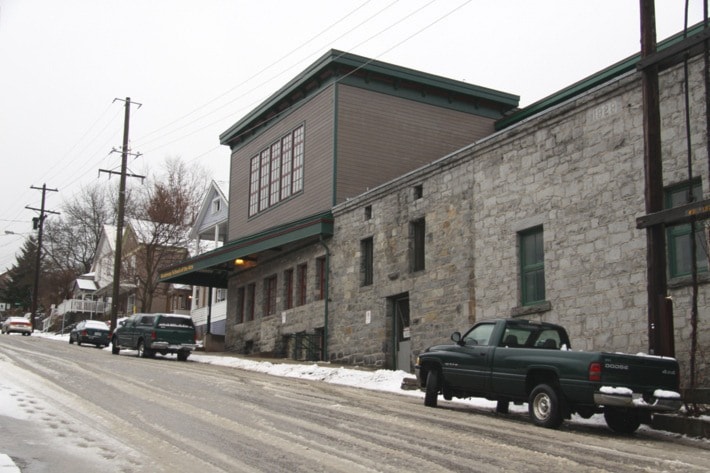Nelson’s Kootenay School of the Arts will be reduced from a two-year diploma program to a one-year certificate program as part of budget cuts at Selkirk College.
College spokesman Barry Auliffe confirmed the move, which will take effect in the fall and affect students taking classes in clay, fibre, and jewelry.
“The rationale was based on low second year enrollment,” Auliffe said in an email. “Too often students enroll for the first year then choose not to continue into second.”
By contrast, he said the school’s metal program has succeeded as a one-year offering.
The changes are in addition to the impending loss of second-year university transfer science courses at the Castlegar campus and the online golf club management program. The latter will only continue if enrollment is high enough to cover all costs.
The moves are intended to help shore up a deficit of over $1 million.
Selkirk faculty association president Doug Henderson says the cuts at the arts school will result in “a bit less work for each instructor,” and savings of about $250,000 per year with the loss of 2.5 full-time equivalent positions.
“Everyone there had some work taken away,” he said.
The reduction in second-year sciences is expected to save about the same amount of money at the expense of a similar number of positions, although specific details have not been finalized.
Henderson says he was “shocked and disappointed” when he learned of the cuts two weeks ago. Although he knew the college was in a financial bind, he didn’t expect program reductions.
He says it leaves current students who thought they were enrolled in two-year programs with tough choices.
“They have to find a school now that’s able to take them. Maybe they weren’t thinking that far ahead. Now they have to decide.”
Henderson also wonders if the cuts will diminish the programs’ appeal.
“We’re a bit afraid what’s going to happen to our first-year numbers,” he says. “We’re hoping they will be the same, but there is concern some people might lose interest in coming in the first place.”
Students might apply directly to university rather than bother with the transfer program if it’s only a single year, he suggested.
Selkirk offers associate degrees in several sciences, including biology, chemistry, and entry to pharmacy that allow students to take two years of schooling locally before transferring directly into third-year university programs.
First-year courses will still be transferable following the loss of second-year programs.
Selkirk cites increased competition from other public and private universities as one of the reasons their science programs are seeing fewer students stick around.
Despite lower tuition, smaller classes, and highly qualified instructors, the college says it “continues to be a challenge” to keep students a second year before they move on to degree granting universities.
By contrast, Selkirk’s first and second year arts and humanities courses have healthy enrollments.
According to vice-president Neil Coburn, although the college has to balance its budget every year, a new government directive ordered them to find additional savings.
Two-thirds of those savings are coming in operations and administration, but given the size of the shortfall and the fact 75 per cent of their budget relates directly to student programs and services, Coburn insists programming changes are unavoidable.
“Courses that have had very low enrollments over a lengthy period are simply not sustainable,” he says. “In these instances, resources are better allocated to programs with student demand and waitlists, and new program opportunities.”
Henderson, meanwhile, wonders if the college’s cuts to administration went deep enough before it turned to programs.
He says the faculty head count has been virtually unchanged over five years, while the number of administrators has grown.
“You always hear from the college ‘Students come first.’ If so, is cutting course offerings the right thing? Or maybe we can’t afford some of these administrators we’ve been hiring.”
The college says it is eliminating “certain management positions” and also finding operational efficiencies in areas such as software licensing, photocopying, travel, and phone service.
Nelson-Creston MLA Michelle Mungall, who is the NDP’s advanced education critic, says Selkirk’s plight is not unique, and is the direct result of government underfunding.
“This is happening all over. They’re not the first college to issue pink slips and look at program reductions,” she says. “Selkirk has faced years of stagnant funding and increased costs. Now they’re facing even more cuts.”
Mungall says it would be “inappropriate” to blame Selkirk’s administration for scaling back its offerings.
“The blame needs to lay at the government’s door because they control the purse strings.”
Mungall adds investment in post-secondary education has been identified by people on all sides of the political spectrum as necessary to stave off a looming skills shortage and to attract and retain industry.
“This is a critical time where investment in post-secondary education is needed and the Liberals have decided to cut it. We see the impact when Selkirk College isn’t able to deliver on community needs.”
